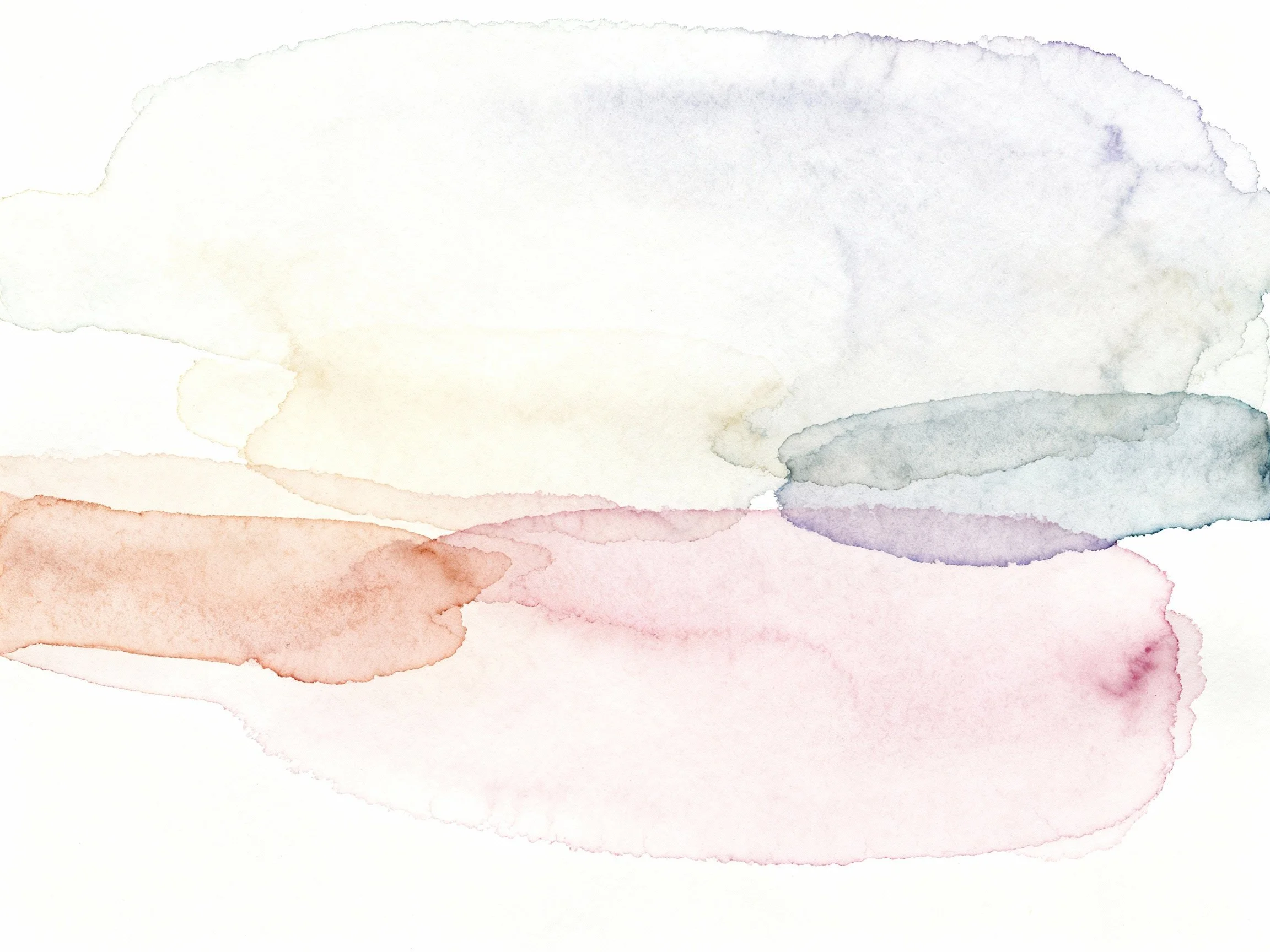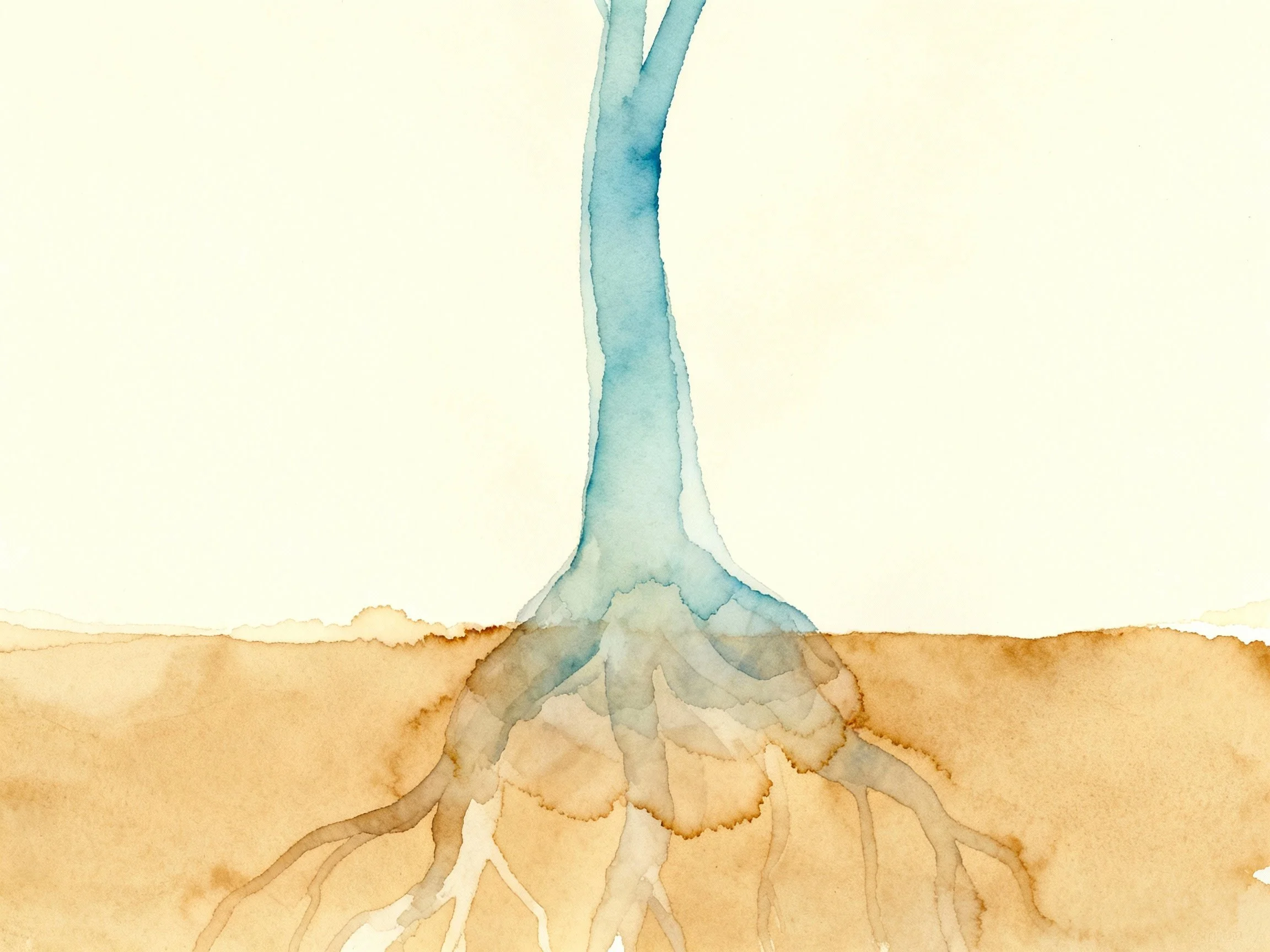Non-Striving: The Art of Purposeful Non-Doing

In a culture obsessed with achievement, productivity, and constant self-improvement, non-striving might be the most counterintuitive mindfulness attitude. We're conditioned to believe that if we just try hard enough, optimize enough, hustle enough, we'll finally arrive at peace, happiness, or success.
Non-striving invites us to release the grip of constant effortful doing and instead practice being with what is. It's the fifth of the seven foundational attitudes of mindfulness, as described by Jon Kabat-Zinn. It's not about abandoning goals or becoming passive—it's about changing our relationship with effort itself.
What Non-Striving Really Means
Non-striving means approaching your experience without trying to make it different than it is in this moment. It's the practice of being rather than doing, of allowing rather than forcing.
Jon Kabat-Zinn describes it as "the attitude of non-doing, of simply being." This doesn't mean we stop taking action in our lives. It means we stop struggling against the present moment while we're in it.
Consider meditation: the moment you try to relax, you create tension. The trying itself creates the problem. But when you simply allow yourself to be as you are—tense, distracted, uncomfortable—without trying to fix it, something shifts. Relaxation often arises naturally in the absence of striving.
The Paradox at the Heart of Practice
Here's the paradox that trips up almost everyone: the more you strive for calm, the more agitated you become. The harder you try to stop thinking, the more thoughts arise. The more desperately you seek happiness, the more it eludes you.
This isn't perverse—it's how our minds work. Effortful striving activates the stress response. It sends the message "something is wrong that needs fixing," which triggers vigilance and tension. Non-striving doesn't mean we have no intentions or that we don't take action toward our goals. It means we set an intention, take wise action, then release attachment to immediate results and trust the process to unfold.
Understanding Non-Striving Through Examples
Learning to recognize the difference between striving and non-striving is the first step in cultivating this attitude. Let's explore what this looks like in practice.
What Non-Striving Looks Like
In meditation: This is what's here right now. Thoughts, sensations, restlessness—all welcome. I'm simply being with what is, without needing to change it.
What Non-Striving Is NOT
In meditation: I must get calm. I need to stop these thoughts. I should be better at this by now. Why isn't this working? I'm failing at meditation.
When we approach meditation with non-striving, we create space for genuine relaxation to emerge. This same principle applies to working with difficult emotions.
Non-Striving with Emotions
Sadness is here. I don't need to push it away or cling to it. It's simply weather passing through. I can be with this without making it a problem.
Striving with Emotions
I need to fix this feeling immediately. I shouldn't feel this way. Let me think my way out of this. What's wrong with me for feeling like this?
Common Misconceptions
Non-striving means being passive or giving up on goals
Non-striving doesn't mean abandoning your aspirations or becoming passive. You can still have goals, work diligently, and create positive change. The difference is in how you hold the goals—with gentle intention rather than desperate grasping. You can care deeply about outcomes while being at peace with the present moment. Non-striving means you're fully engaged in the process without being consumed by anxiety about results.
It means never trying hard
Non-striving isn't about avoiding effort or challenge. It's about the quality of effort—whether it comes from a place of trust and presence, or from fear and forcing. You can work intensely while remaining internally spacious.
Results don't matter anymore
Non-striving doesn't mean outcomes are irrelevant. It means you're not attaching your worth or peace of mind to specific results. You do your best and allow life to unfold, rather than trying to force predetermined outcomes through sheer will.
You'll stop being productive or successful
Paradoxically, non-striving often leads to greater effectiveness. When you're not wasting energy on internal struggle, resistance, and anxiety about results, you have more clarity and energy for wise action. Many high performers discover that non-striving actually enhances their work by removing the interference of anxious effort. You become more responsive and creative when you're not locked into rigid striving patterns.
Understanding what non-striving is not helps clarify what it actually is—a way of engaging fully with life without creating unnecessary suffering through constant effortful grasping.
Applying Non-Striving in Daily Life
The real test of non-striving comes in our everyday moments. Here are practical ways to integrate this attitude into different areas of your life.
Notice Striving Energy
Throughout your workday, pause to feel the quality of effort in your body. Is there gripping, forcing, pushing? Can you soften even 10% while maintaining focus?
One Task Focus
Instead of multitasking, give your full attention to what's present now. This isn't about doing less—it's about being fully here for what you're doing.
Strategic Pauses
Between meetings and tasks, take three breaths. Simply be, without doing anything. This resets your nervous system and prevents accumulation of striving energy.
Process Over Outcome
Ask yourself: 'Can I find value in this task itself, not just what it will get me?' Discover moments where the activity itself becomes meaningful.
Hold Goals Lightly
Work toward your objectives while internally saying: 'I'm doing what I can today, and that's enough. The outcome will emerge from my consistent presence.'
Release Perfectionism
When perfectionist striving arises, ask: 'What would good enough look like here?' Excellence and non-striving can coexist when you release impossible standards.
Quick Practices You Can Try Today
The "Enough" Pause
Throughout the day, pause and say to yourself: "Right now, I am enough. Right now, this is enough." Notice what that feels like in your body. Does something soften? Resist? Can you stay with the experience without striving to feel a certain way?
Do Nothing Meditation
Set a timer for 5 minutes. Your only instruction: do absolutely nothing. Don't try to meditate "correctly." Don't try to relax. Don't try to be present. Just be. Notice the urge to strive—to do it right, to achieve something—and let it pass like a cloud.
Process Over Product Practice
Choose one activity today and focus solely on the experience of doing it, not on the outcome. Washing dishes? Feel the warm water and soap. Walking? Notice each step, the swing of your arms. Working on a project? Can you be fully present with the work itself, regardless of where it leads?
Frequently Asked Questions
What is non-striving in mindfulness?
Non-striving means approaching meditation and life without constantly trying to get somewhere or achieve something. It's the paradox of purposeful non-doing: you have an intention to practice, but you let go of striving for specific outcomes. Instead of meditating to become calm (striving), you simply notice whatever arises—calm, agitation, boredom—without trying to make it different. Ironically, transformation often happens more easily when we stop forcing it and simply allow our direct experience.
Doesn't non-striving mean I should stop having goals?
No—non-striving doesn't mean abandoning your intentions or goals in life. It means changing how you relate to them. You can work toward something without being attached to a specific outcome or timeline. For instance, you might train for a marathon (clear goal) while releasing the need to run a certain time, or build a business (direction) without defining your worth by its success. Non-striving is about the quality of attention you bring, not the absence of purpose.
How can I be productive if I'm not striving?
Non-striving often leads to greater productivity because you're working from presence and clarity rather than anxiety and force. When you stop exhausting yourself trying to make things happen and instead respond skillfully to what is, you often find a more sustainable, effective rhythm. Think of it as the difference between frantically pushing a river to make it flow (exhausting, ineffective) and skillfully navigating the current that's already there (efficient, sustainable).
What's the difference between non-striving and being lazy?
Non-striving is fully engaged presence without attachment to outcome. Laziness is checked out, avoiding effort. With non-striving, you might work intensely on a project while releasing anxiety about the result. You're present, engaged, doing your best—just not strangling the process with constant evaluation and force. Laziness says "I don't care." Non-striving says "I care deeply and I'm doing my part without trying to control what I can't control."
How do I practice non-striving when I'm anxious about results?
Start by noticing the striving when it arises: the tightness, the constant evaluation of "Am I there yet? Is this working?" Then practice softening around it. Ask yourself: "What would it be like to do this next thing without needing it to turn out a specific way?" You might still feel the anxiety, but you're not adding extra suffering by fighting it or demanding it disappear. You're allowing the experience while choosing not to be controlled by the outcome-chasing mind.
Reflection Questions
Where in your life do you feel the most striving energy?
What are you afraid would happen if you stopped striving so hard?
Can you recall a time when letting go of striving led to a better outcome than forcing would have?
What would become possible if you could be at peace right now, while still working toward your goals?


